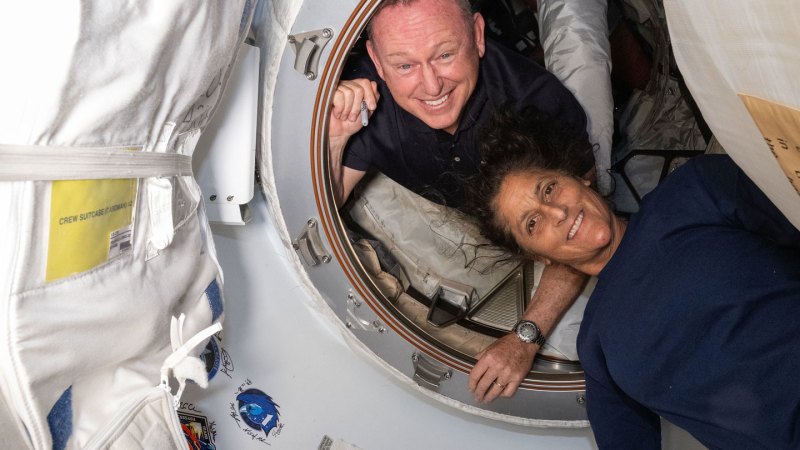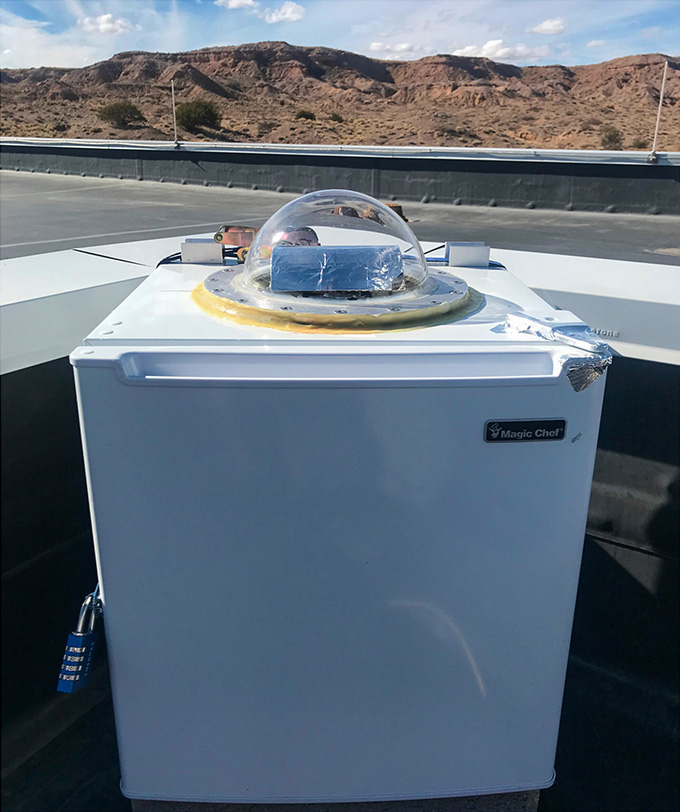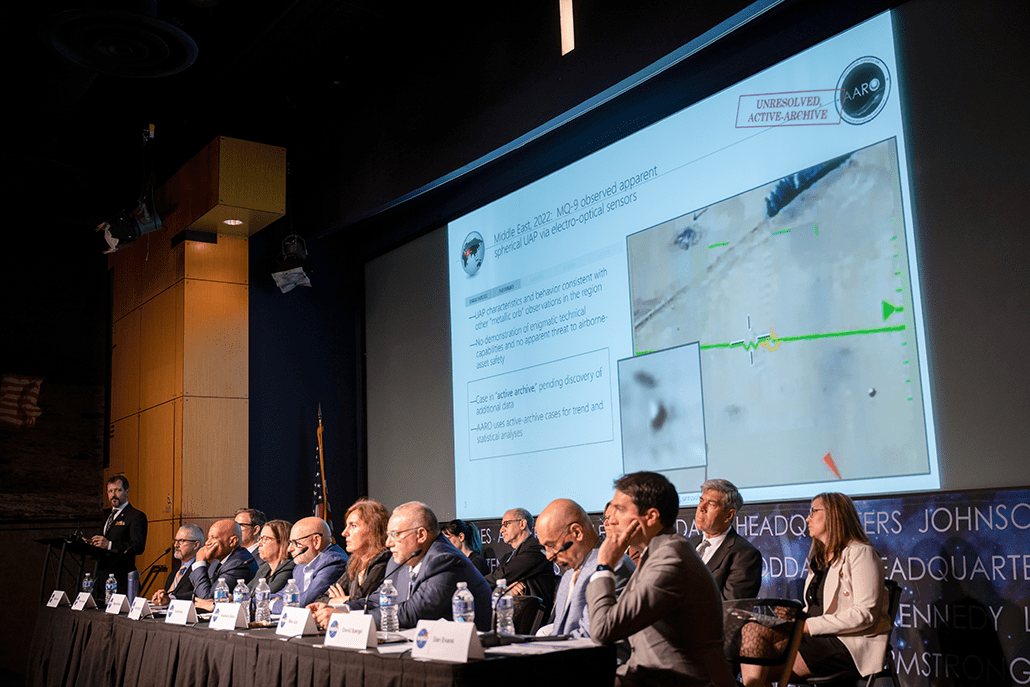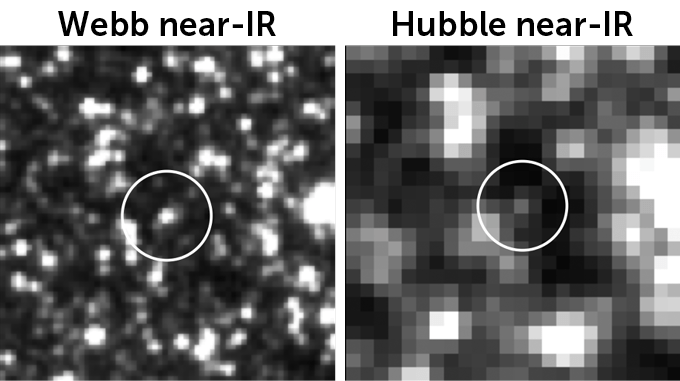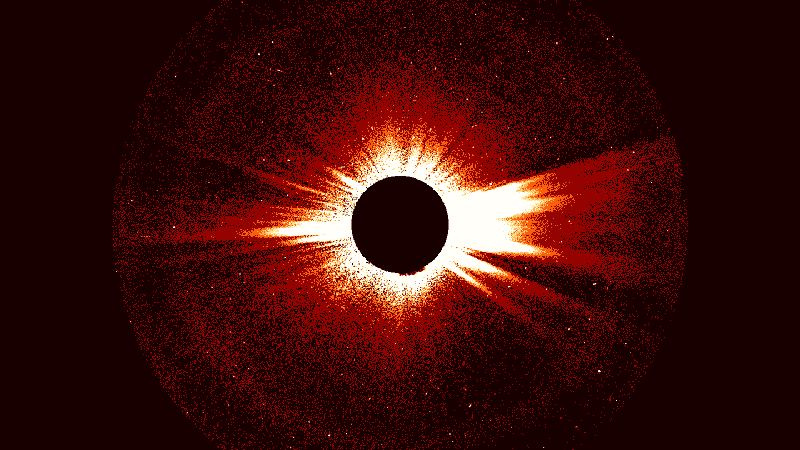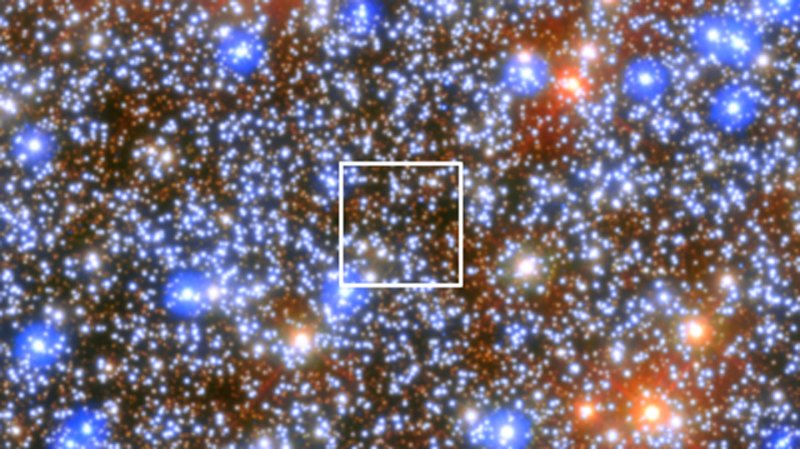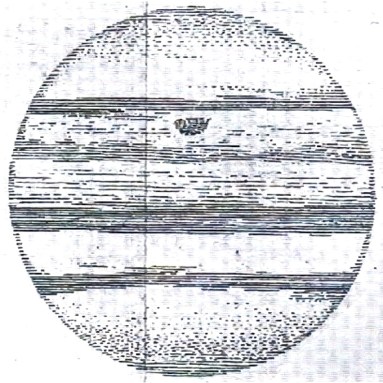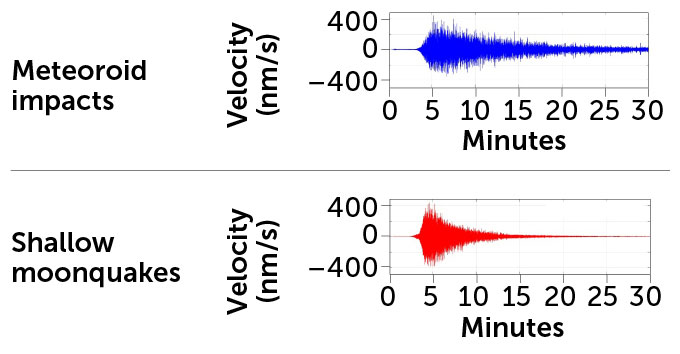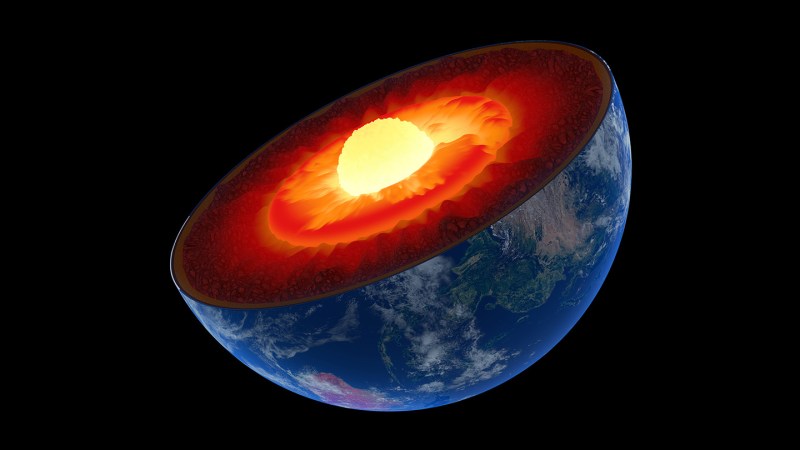Astronauts actually get stuck in space all the time
Imagine going on a weeklong business trip and not coming home until the following year. That may be the situation for U.S. astronauts Sunita Williams and Butch Wilmore, whose eight-day mission to the International Space Station has already stretched to more than two months and is likely to go even longer. The pair launched to … Read more
